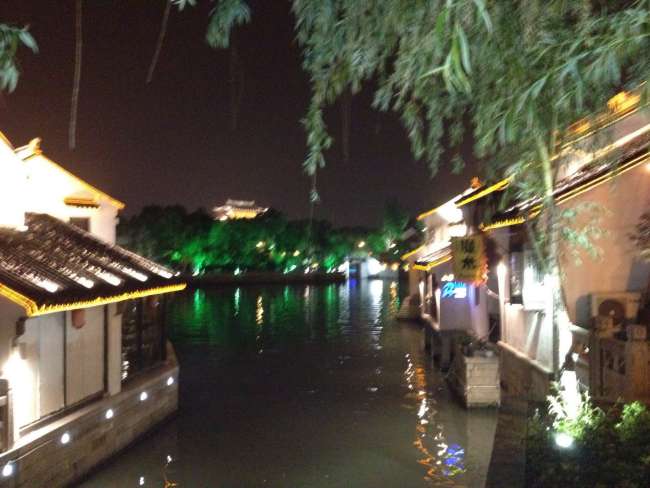The Laughing Buddha and Tea
Ippubblikat: 29.05.2017
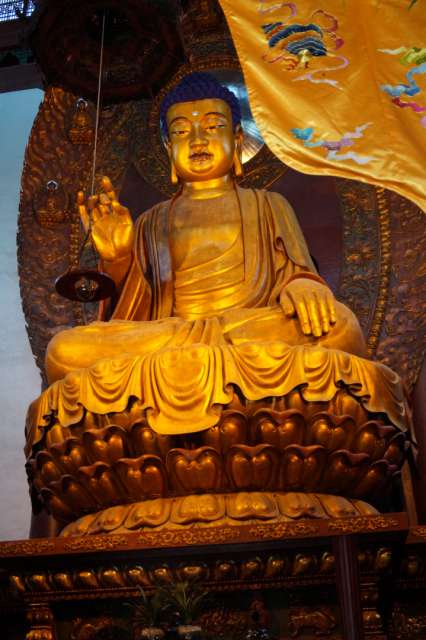
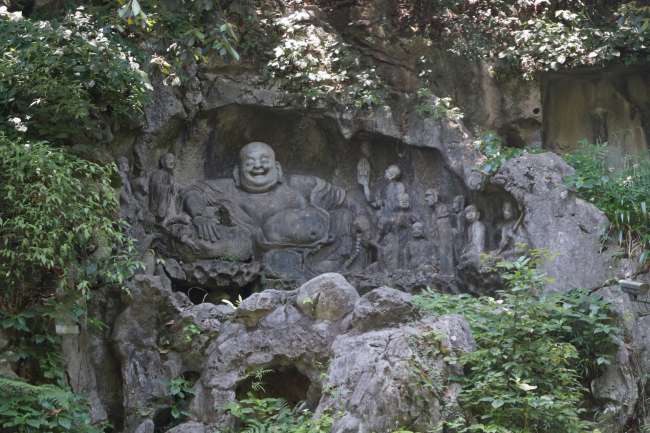
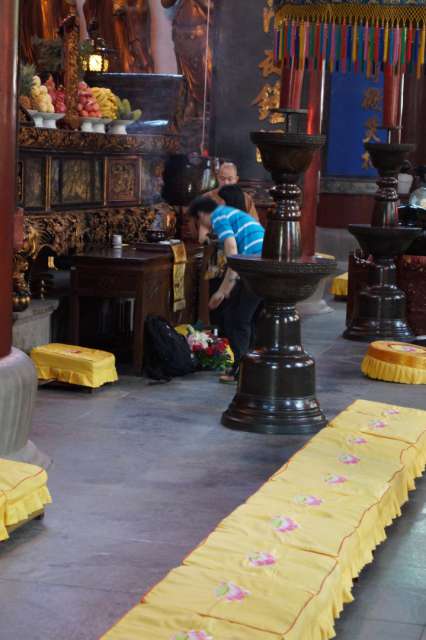
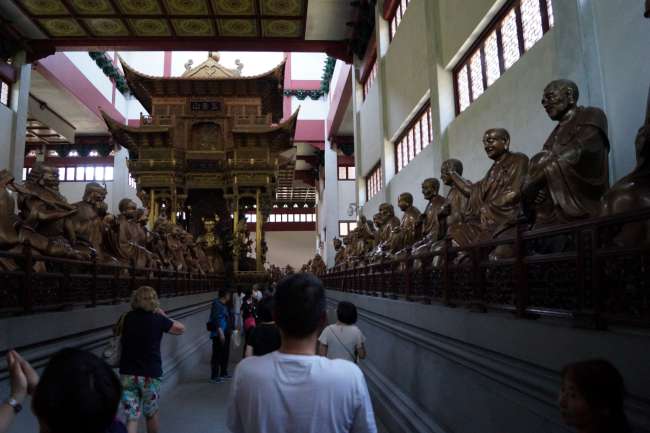
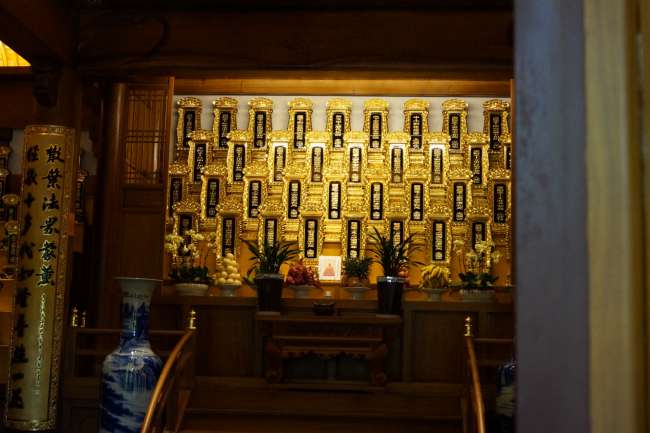
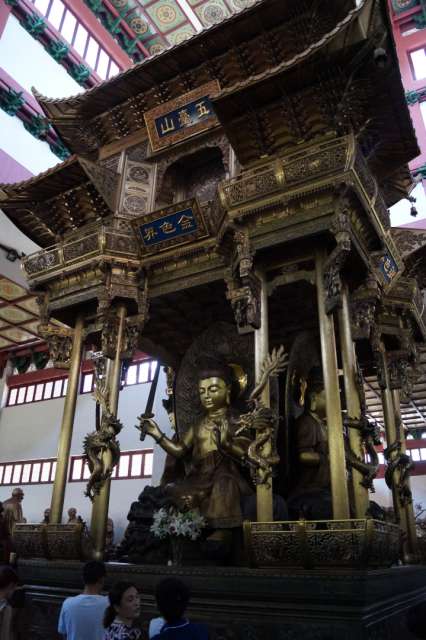
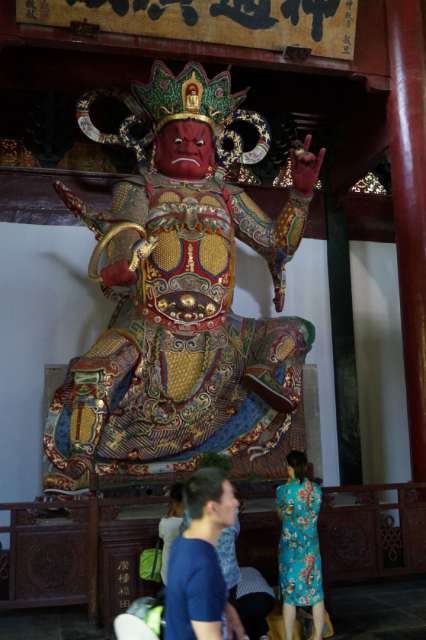
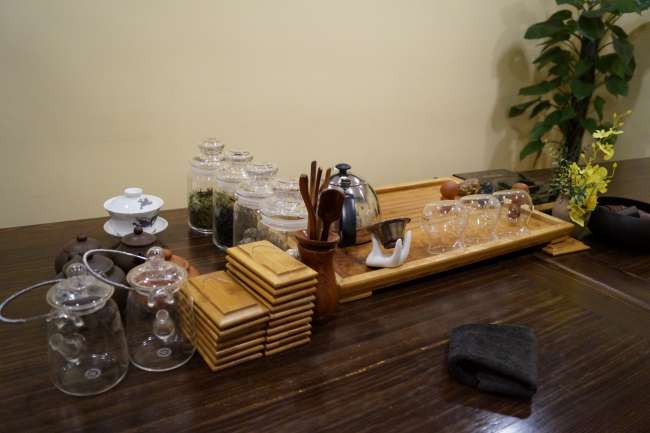
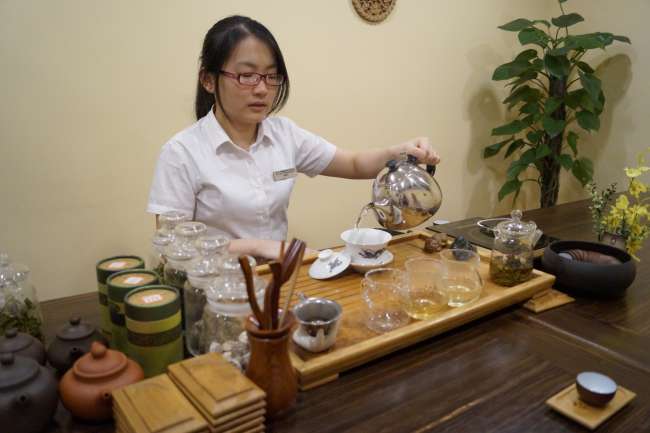
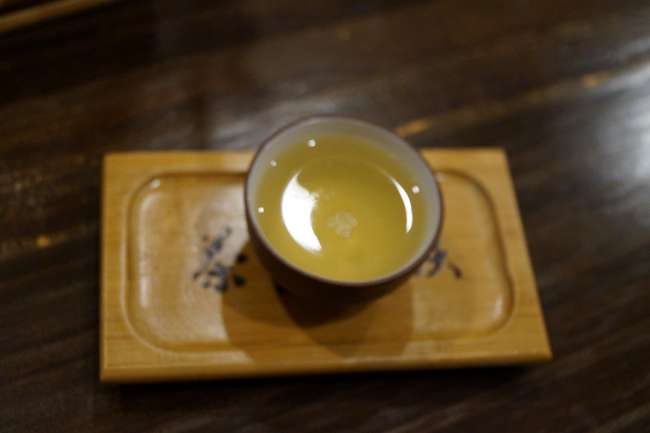
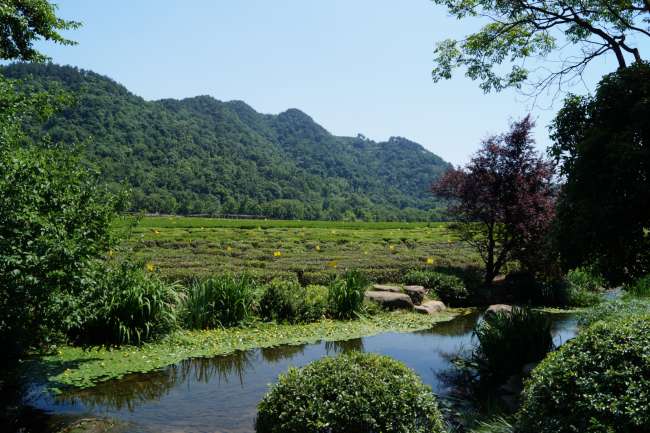
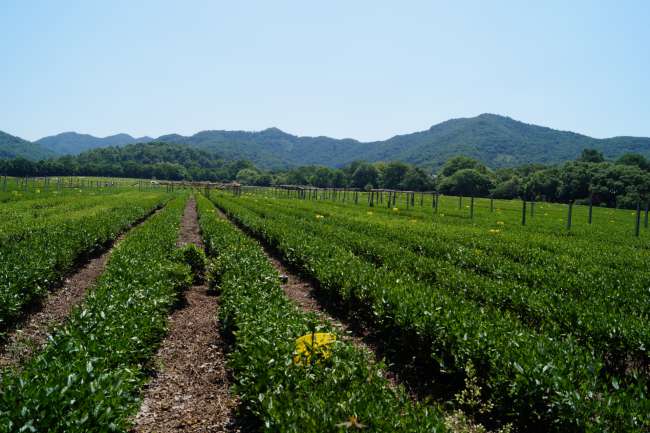
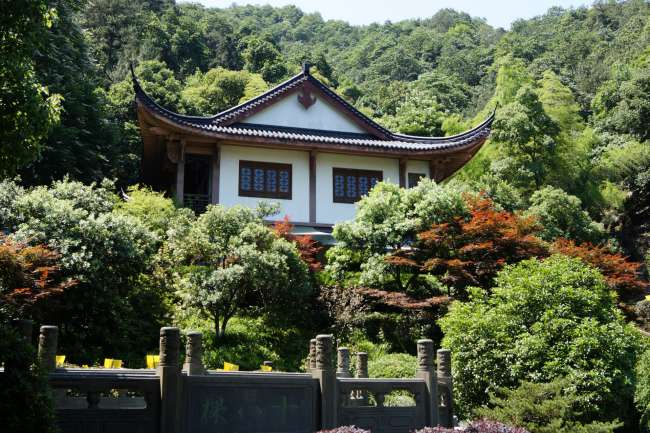
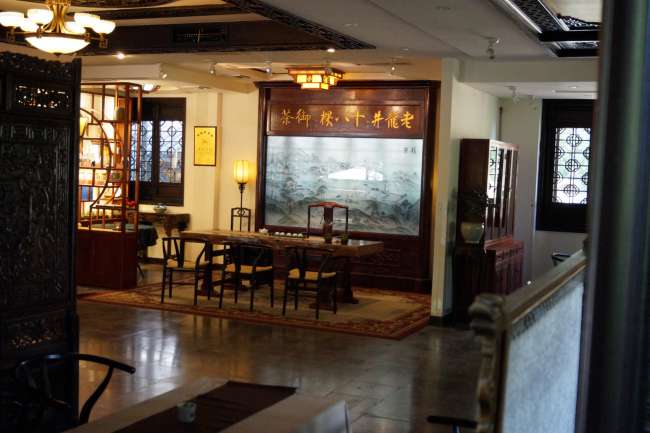
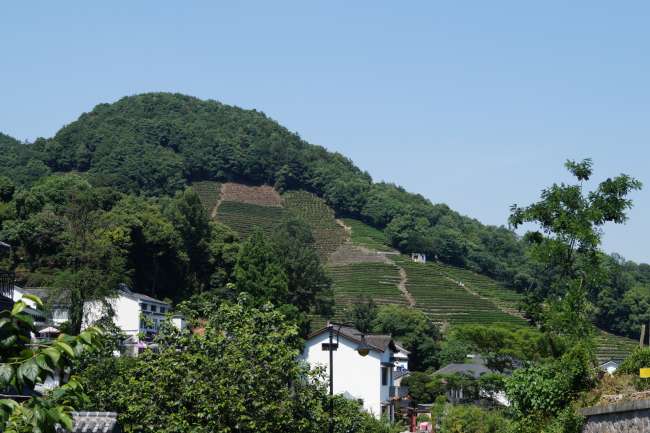
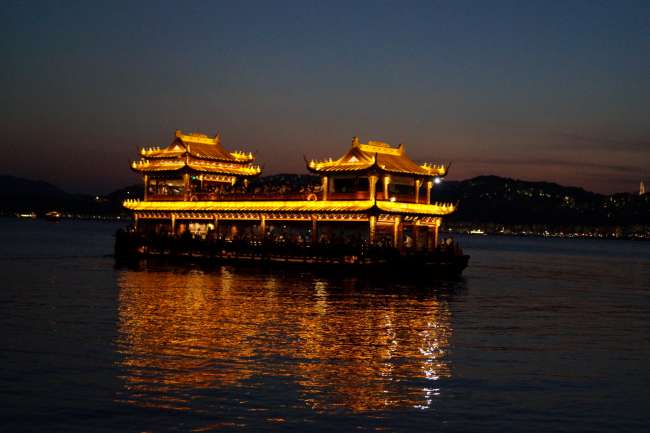
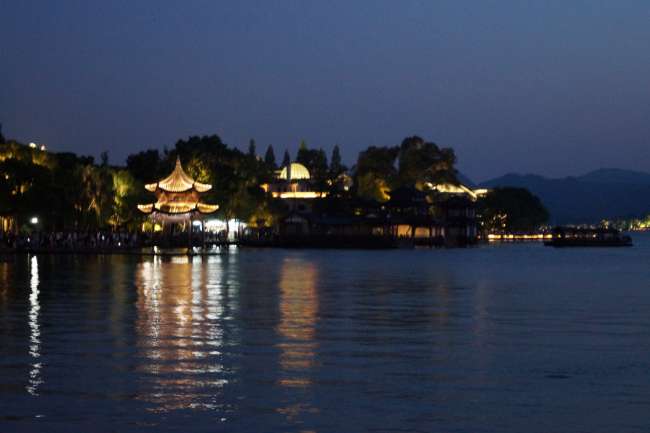
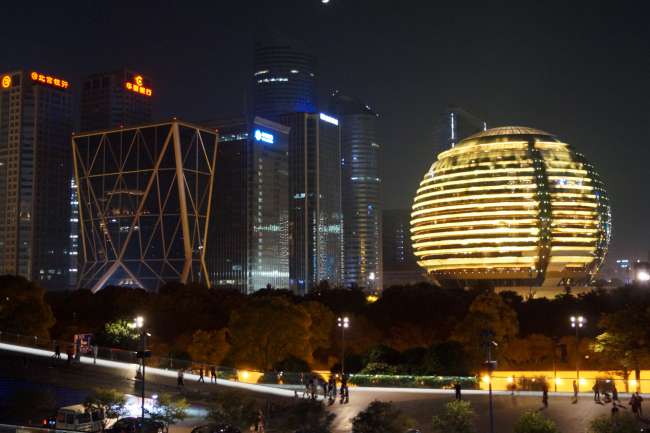
Abbona għan-Newsletter
Due to today's holiday in China, progress was very difficult. There were millions of people on the move. Traffic (including pedestrian traffic) was regulated by countless police officers. Despite this, our driver managed to take us to our first destination, the Lingying Temple, in just under 30 minutes.
This Buddhist temple dates back to the year 230, during the early days of Buddhism in China. It is enormous and a major attraction for the Chinese people. In this temple, there are two famous Buddhas, one is the laughing Buddha and the other is the Buddha of Harmony. The statue of the Buddha of Harmony stands 24 meters tall, making it the largest sitting Buddha in China.

The laughing Buddha is carved into a cliff. In total, there are more than 1,000 Buddhas carved from the rock on this cliff and in the caves within the cliff. The oldest ones are over 1,100 years old.

Thousands of people were praying in the temple. We couldn't get the smell of incense out of our noses all day. We also received three incense sticks at the entrance and performed the ritual bows with them.
Some believers were allowed to go all the way to the Buddha. They paid about 70 euros for this and usually had something to offer as well.

The whole complex and the many believers were very impressive. There were still some smaller halls with Buddhas to see, as well as a hall with 500 statues depicting the listeners of the Harmony Buddha.
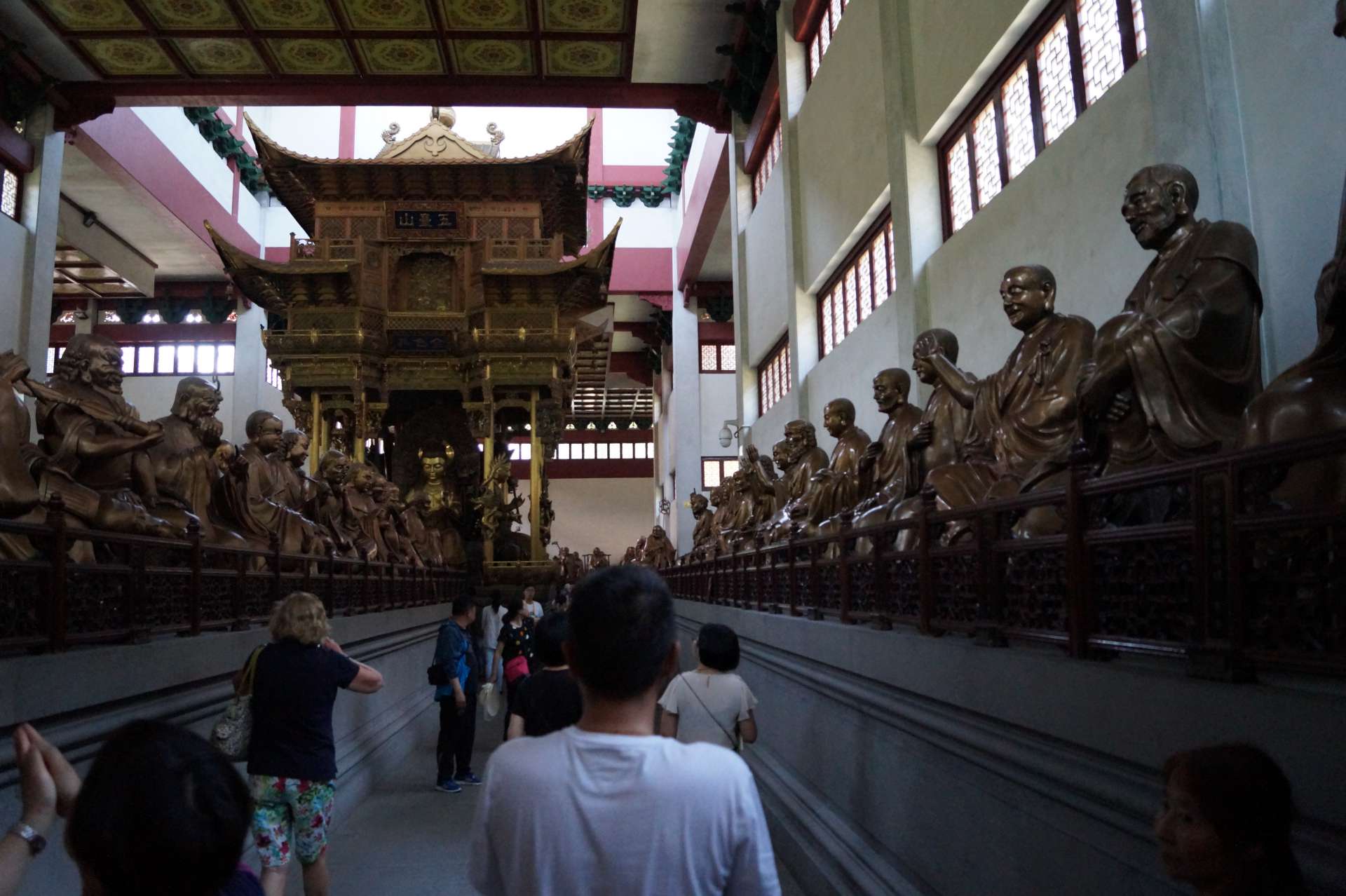
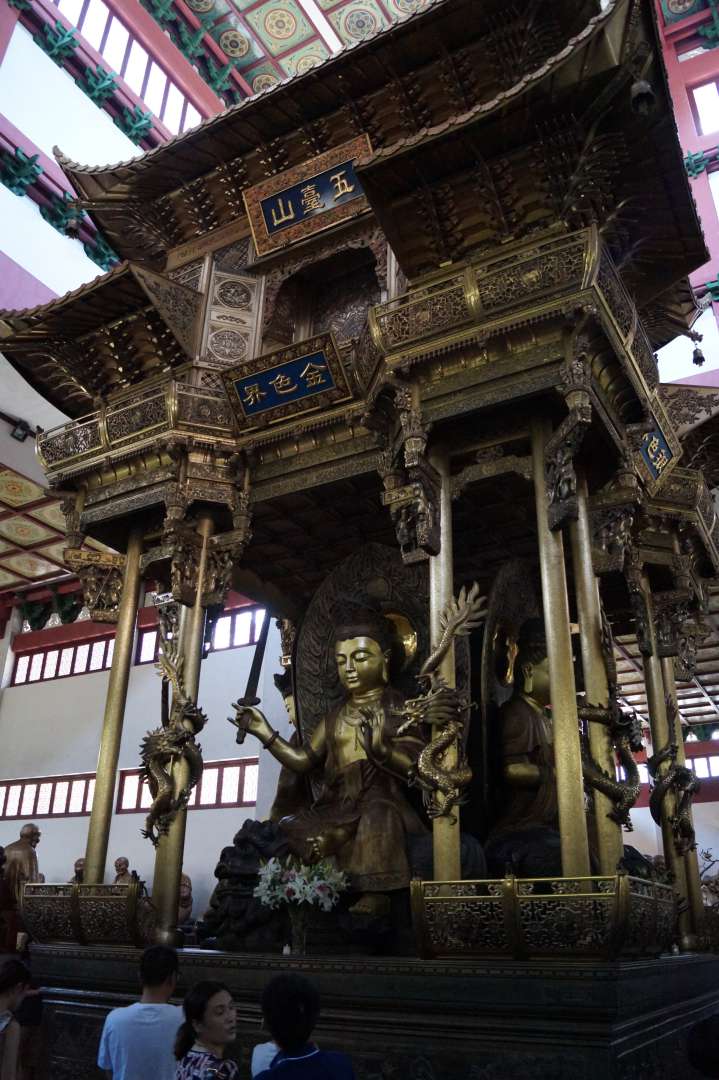
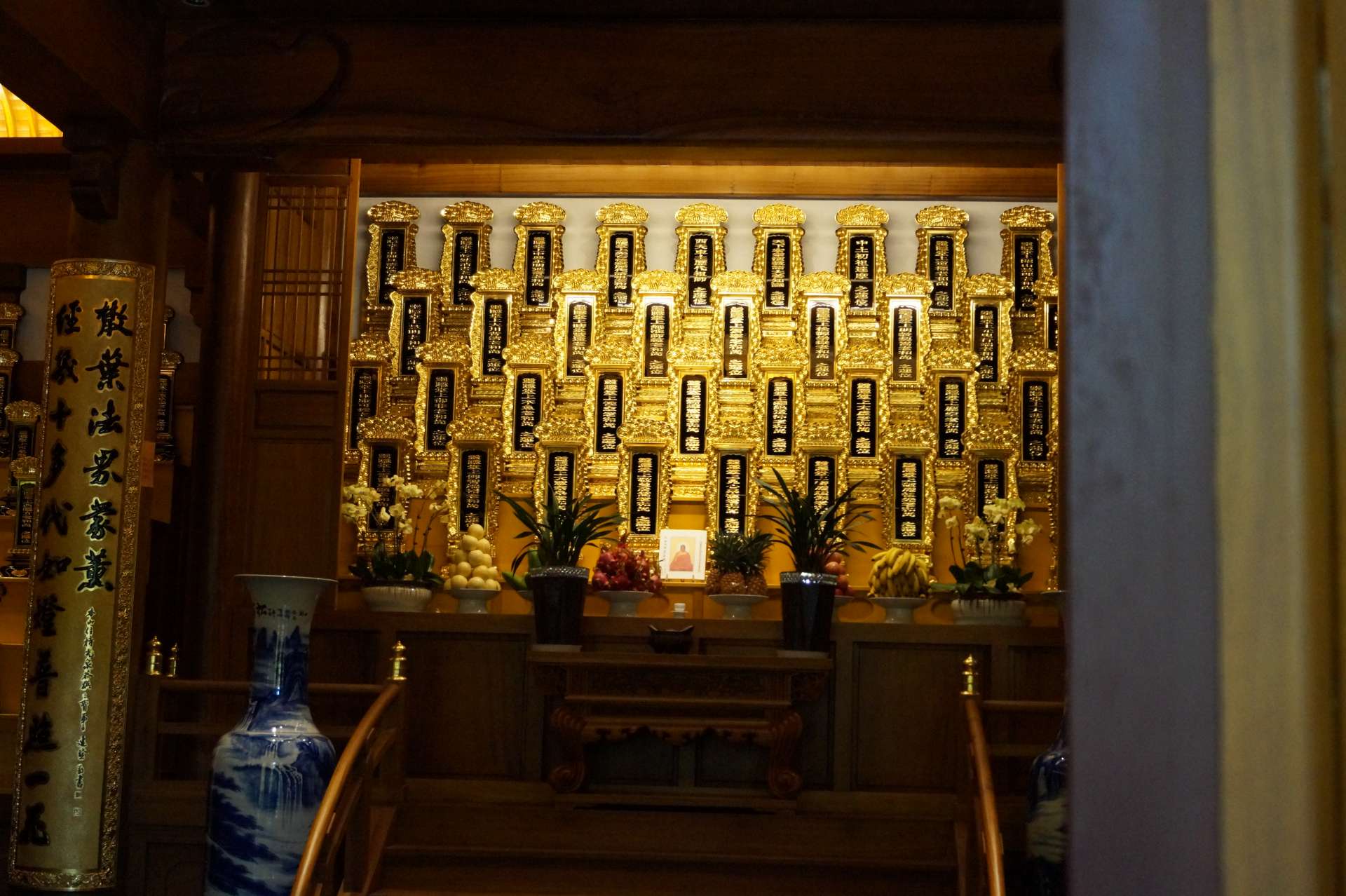
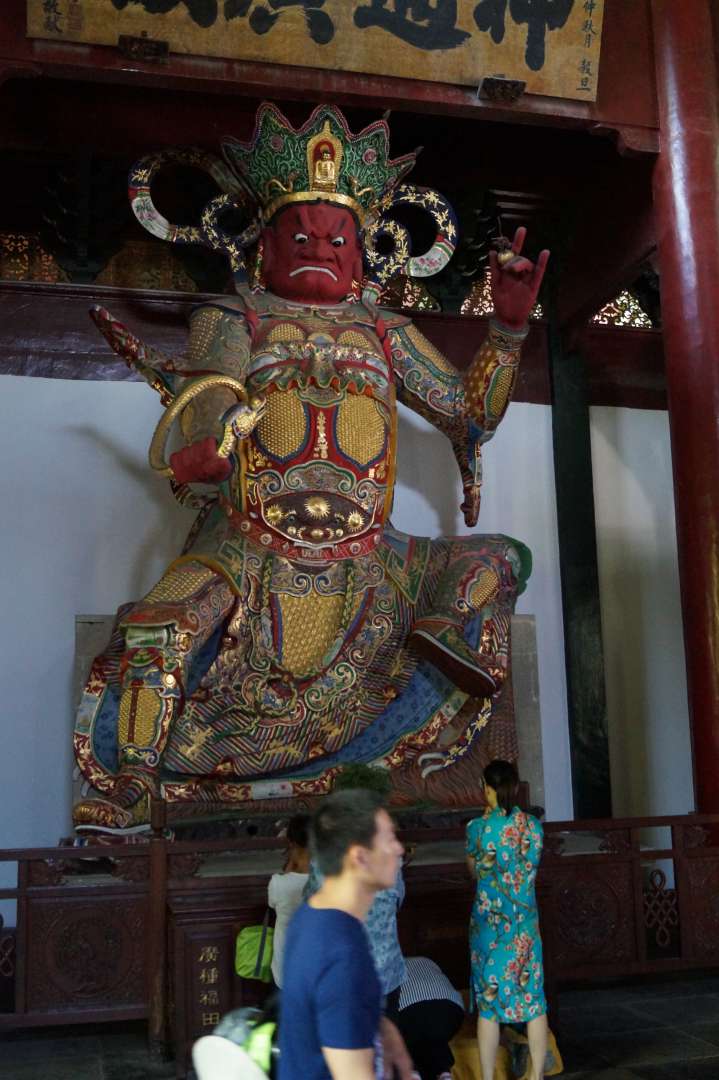
After visiting the temple, we went to the national tea museum. There, visitors learn everything about tea, which was invented in China and then spread throughout the world. More than 60% of the tea produced in China is green tea. The most famous is Dragon Well Jongling tea, which is harvested in Hangzhou.
In the tea museum, visitors are shown a small tea ceremony and learn about the preparation of different types of tea and the characteristics of different teas. During the ceremony, they can taste four types of tea. We had green tea, black tea, oolong tea (which is 50% fermented tea), and jasmine tea.
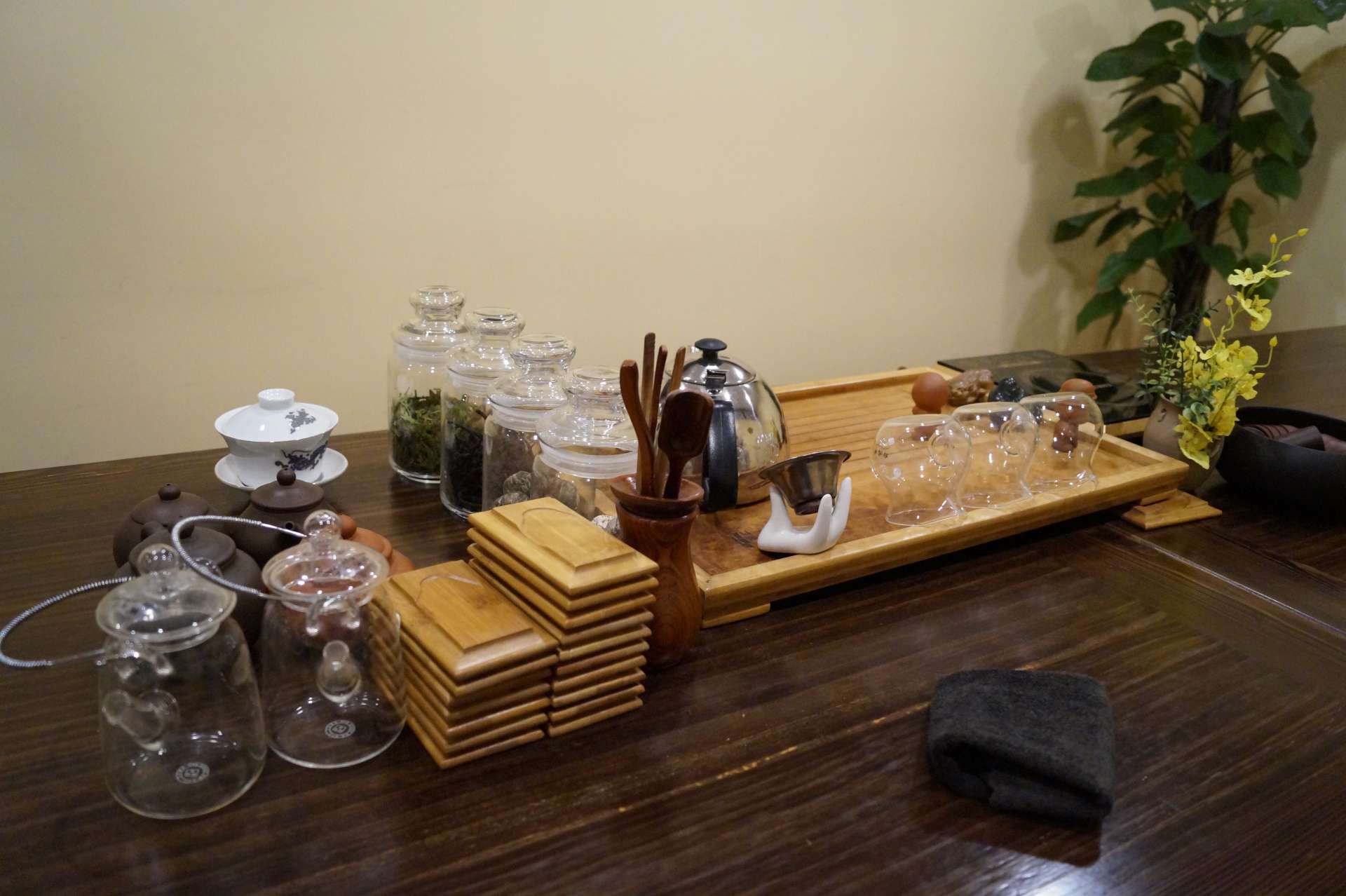

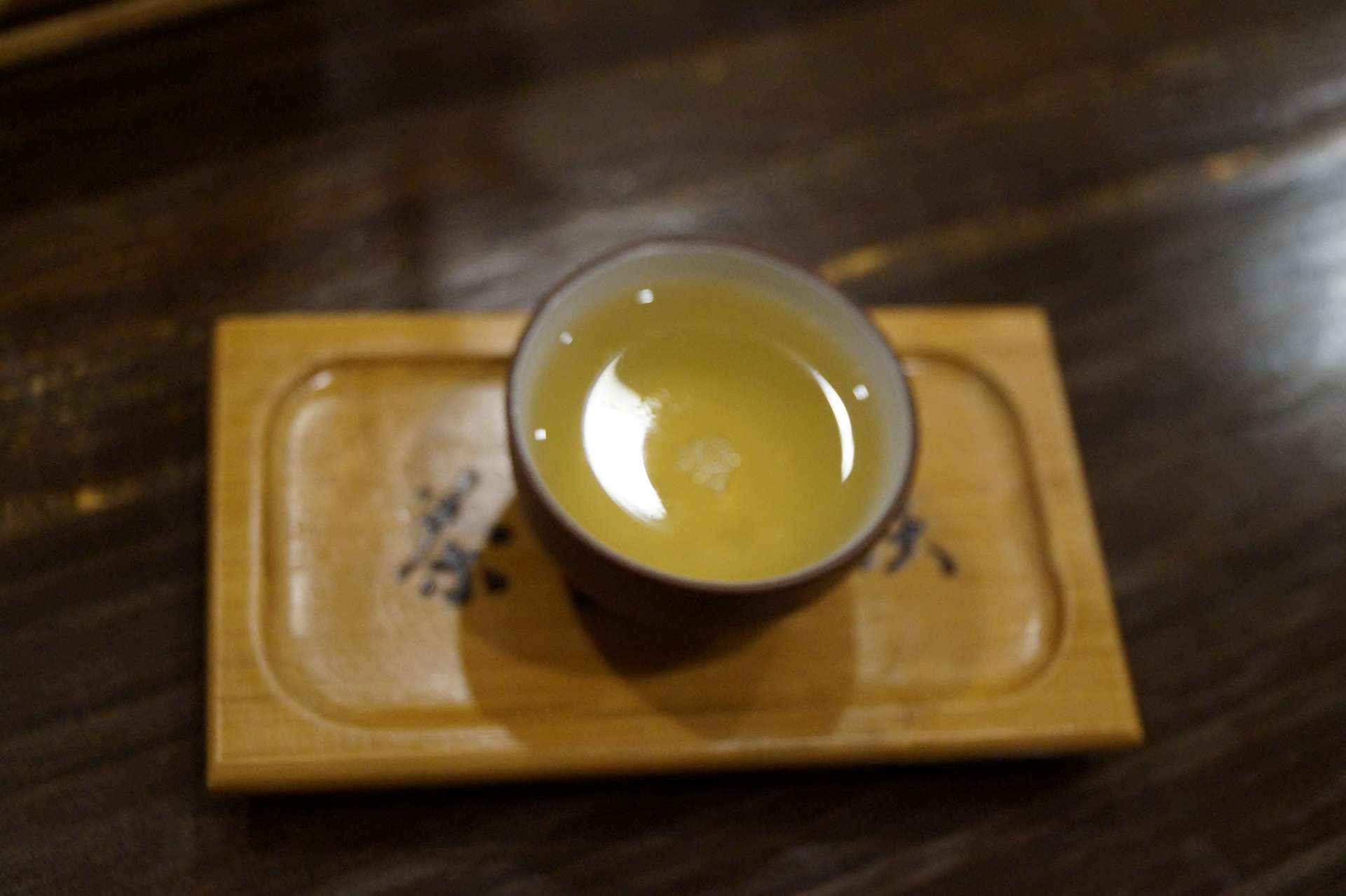
After the visit to the tea museum, we also visited the village of Jongling, where the famous tea is grown. The mountains and tea plantations look really beautiful. We would have liked to stay longer there. However, due to the heavy traffic caused by the holiday, we had to return to the city early.
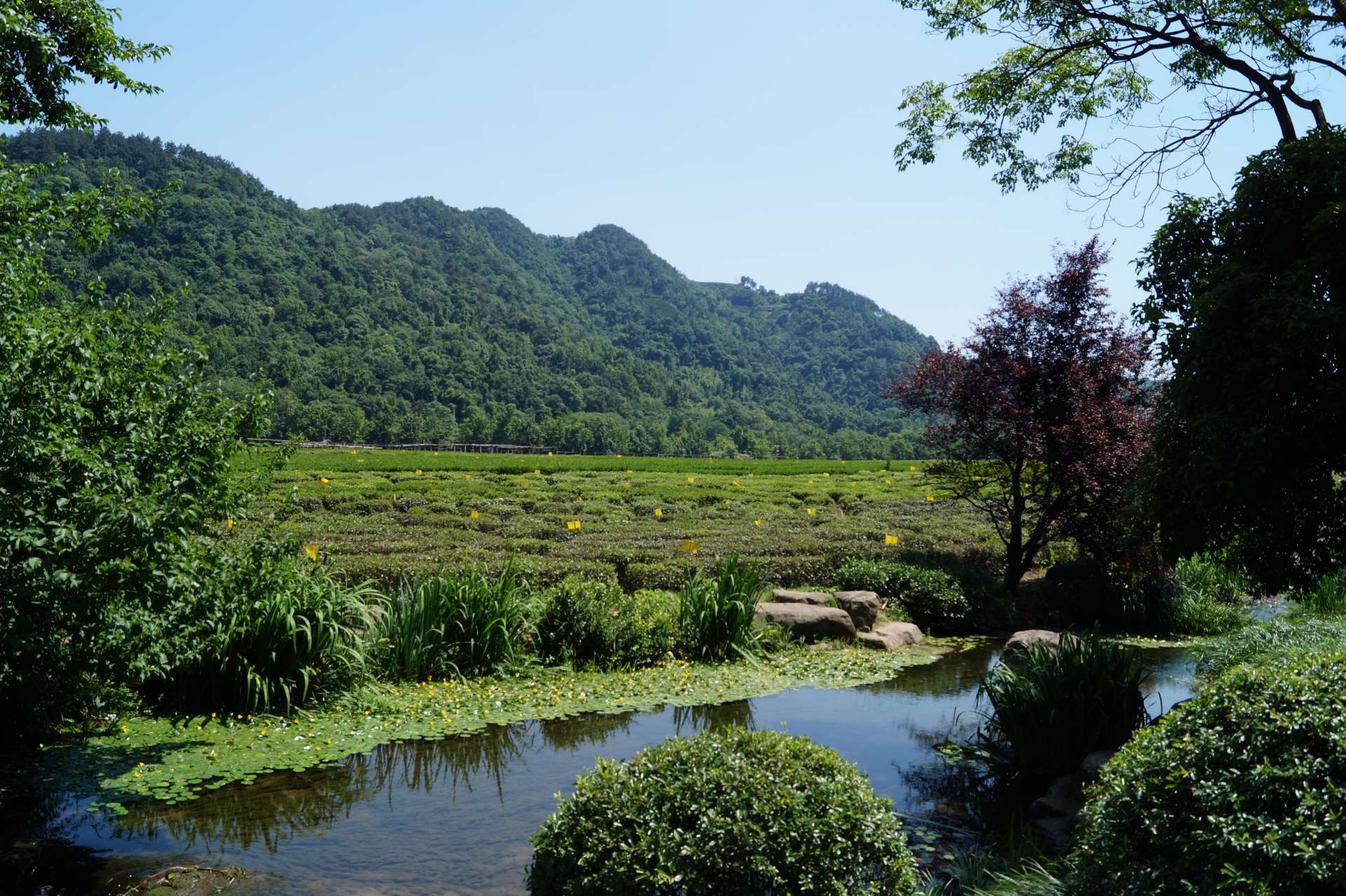
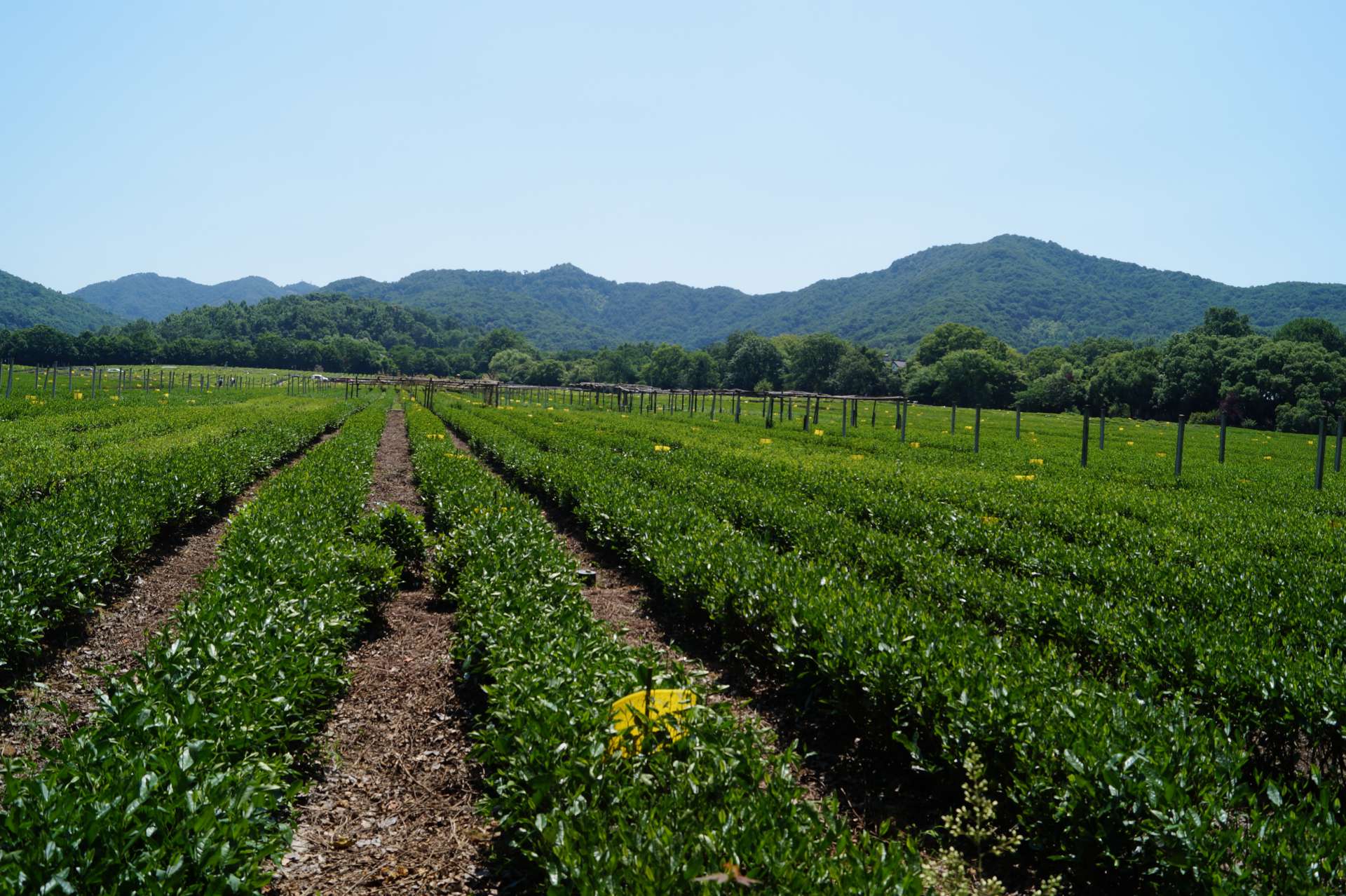
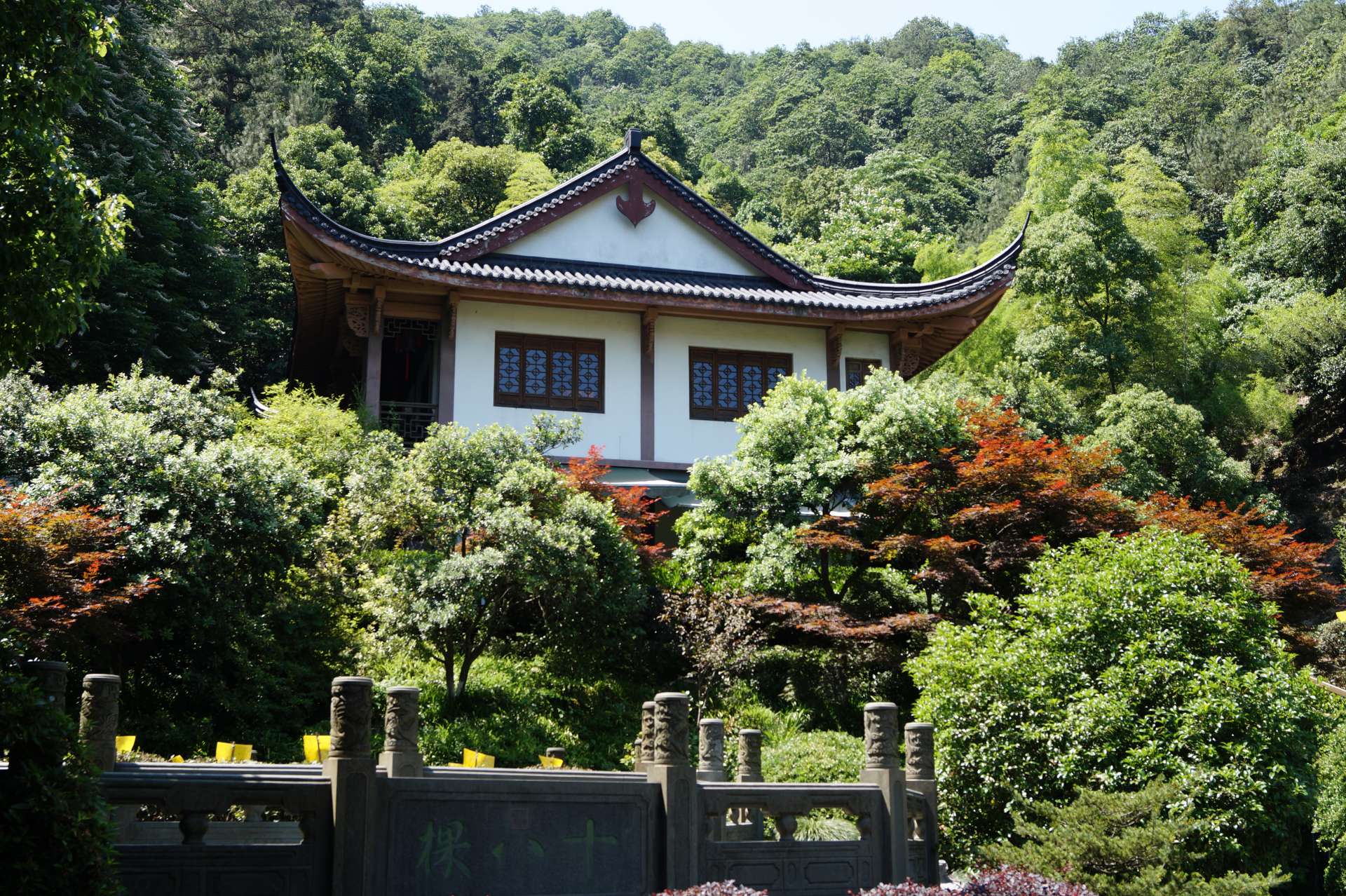
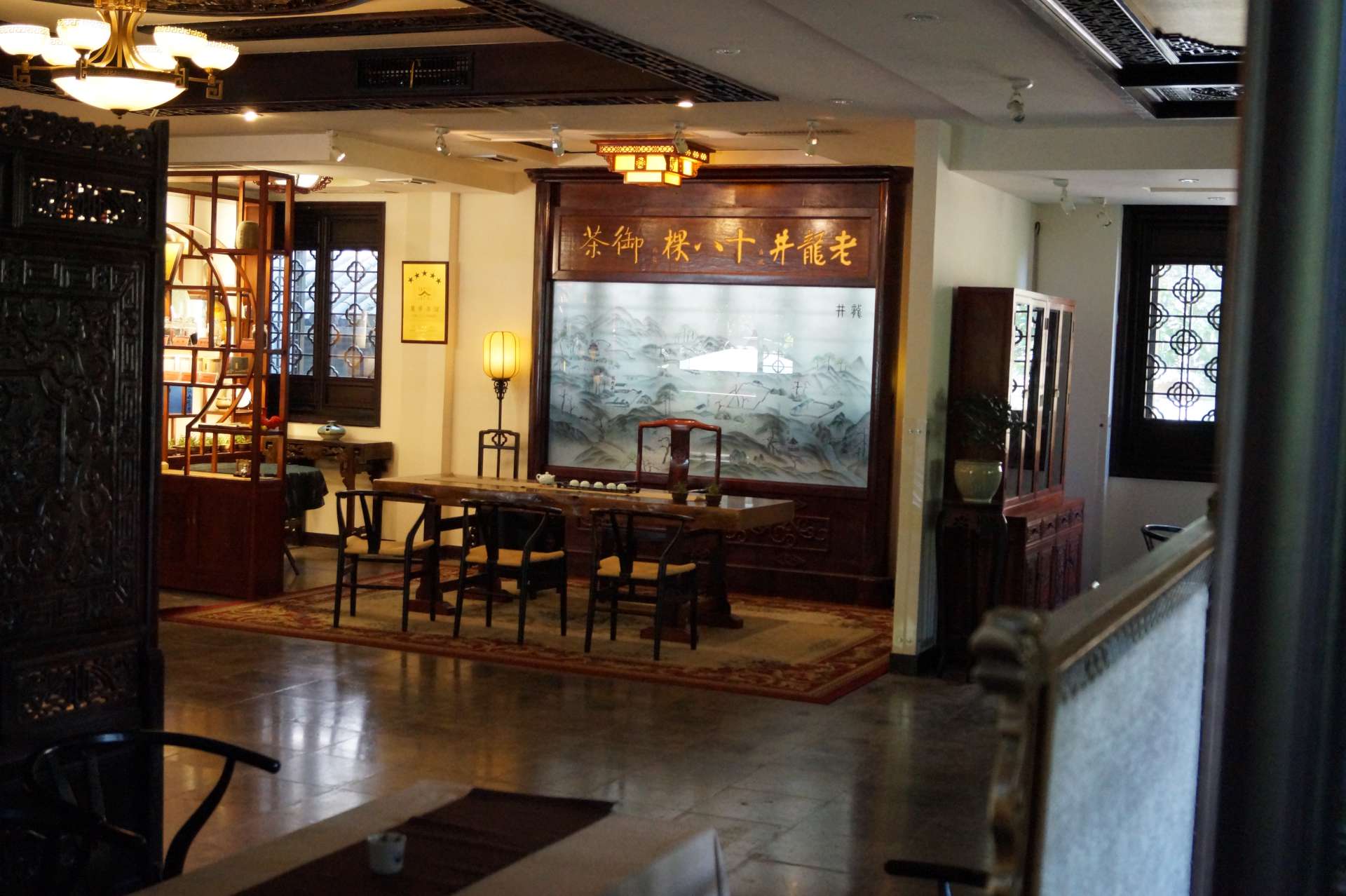
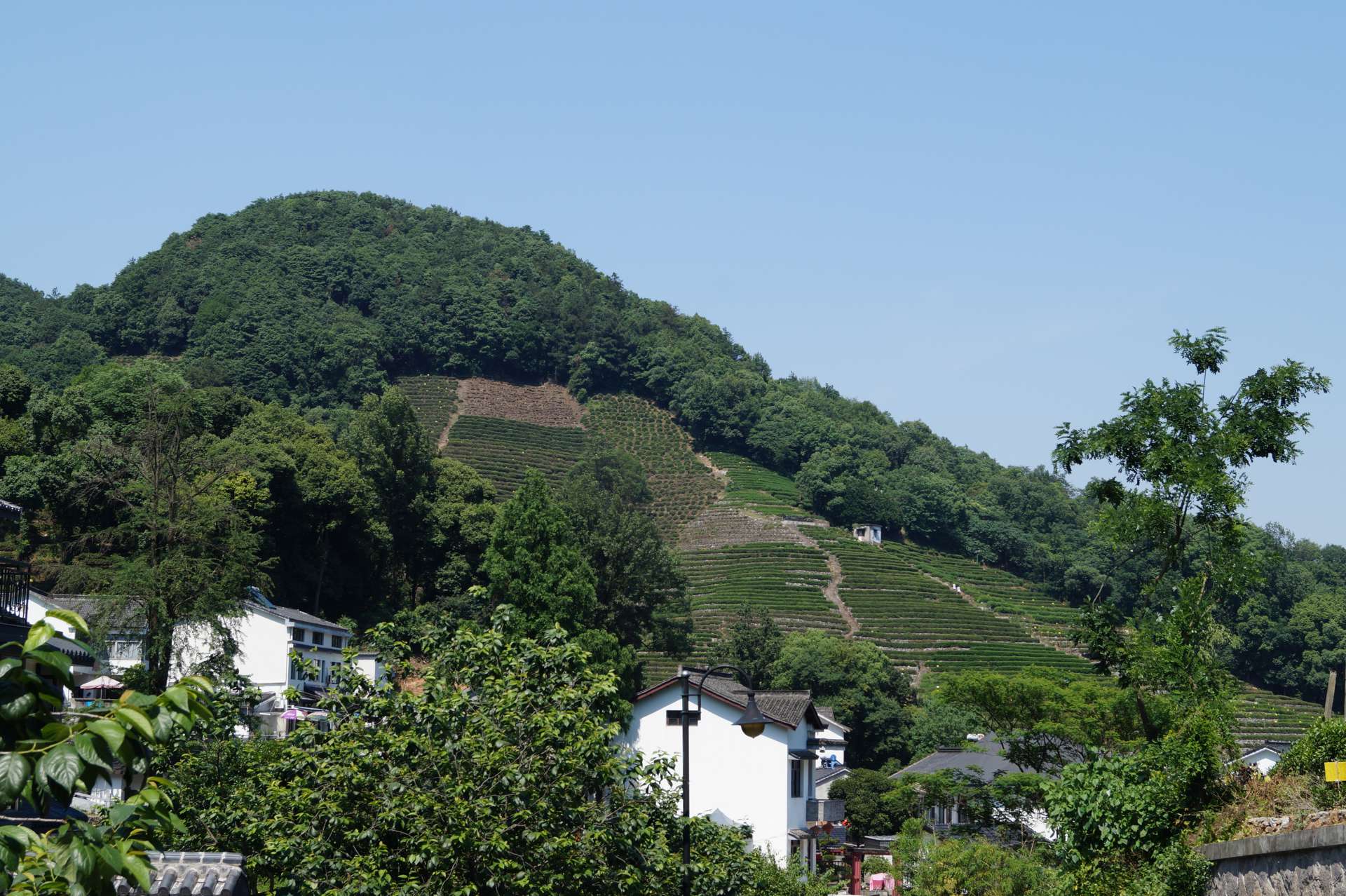
In the evening, we took the subway to the Westlake again. However, it was so crowded that we quickly turned back and relaxed by the river with a view of the skyline.
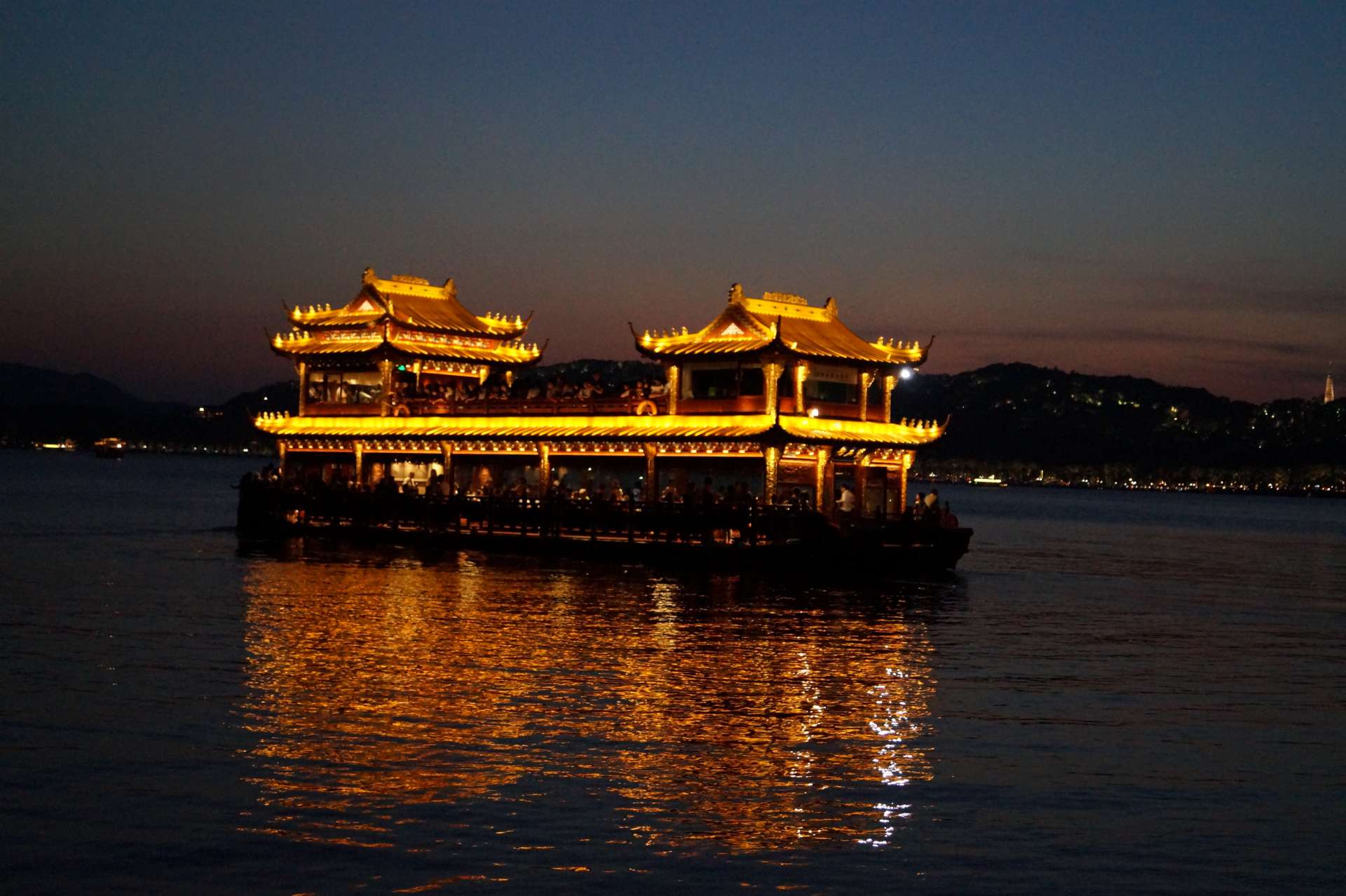
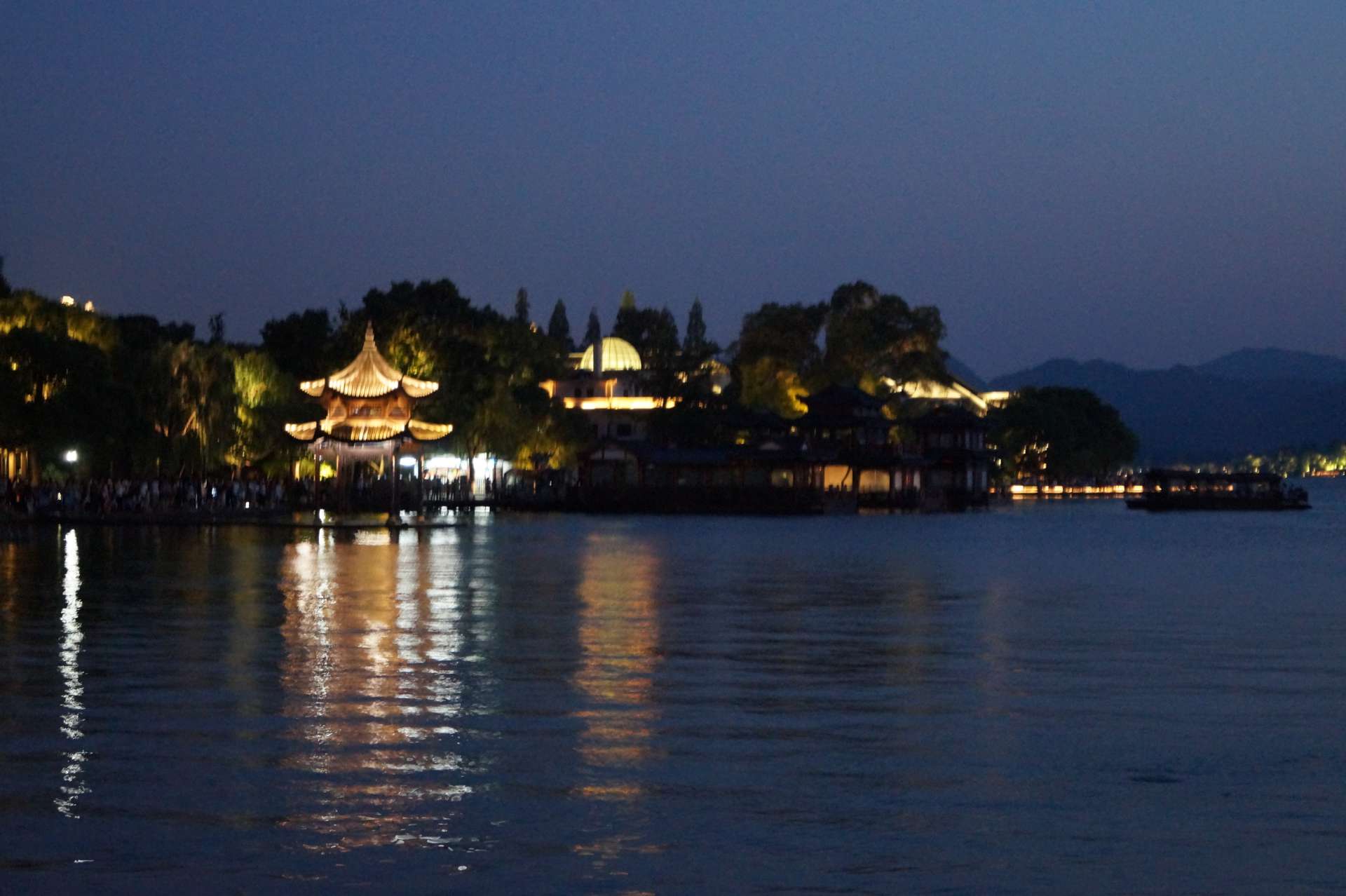
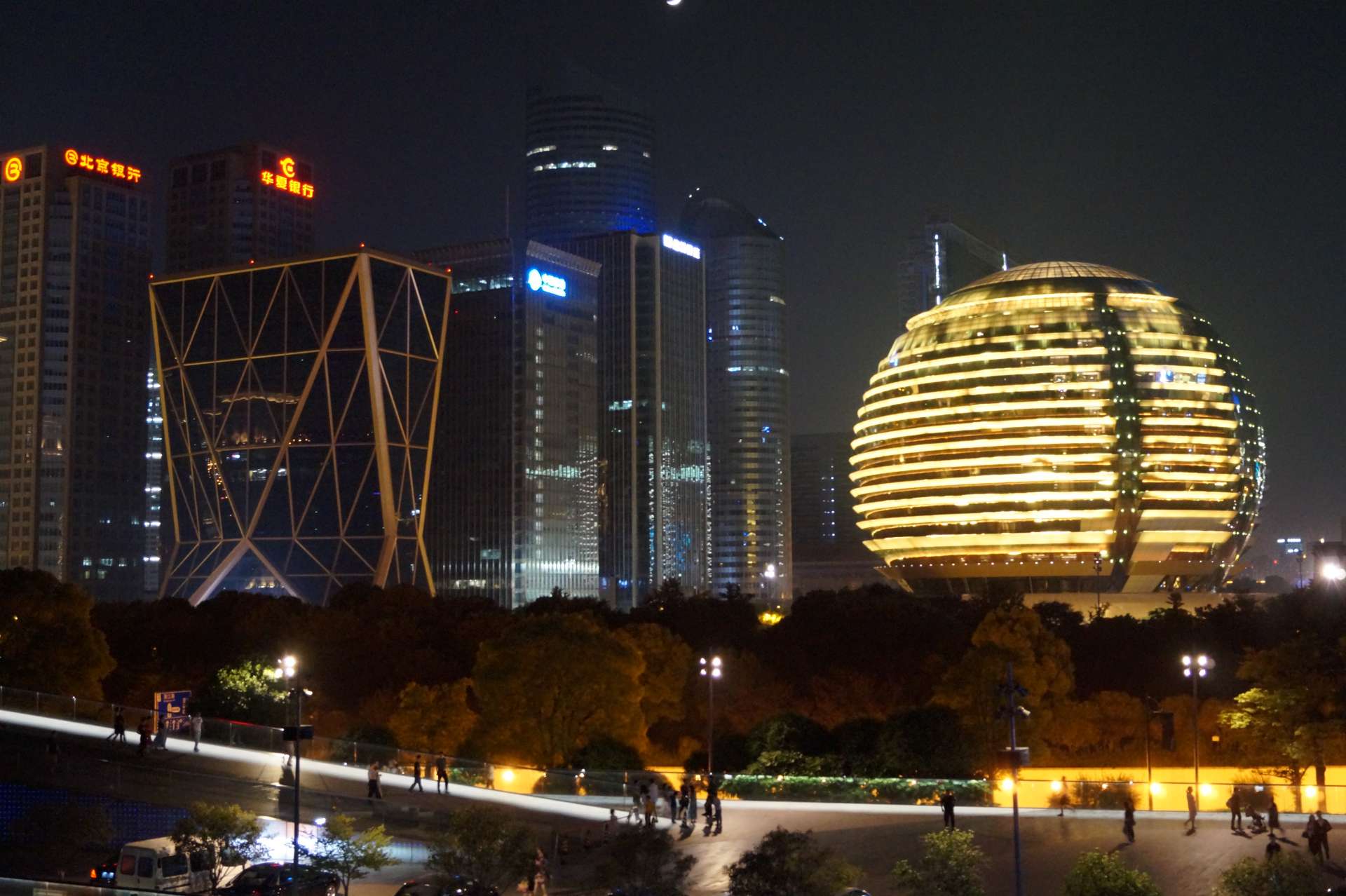
Abbona għan-Newsletter
Tweġiba (2)
Helga
ich lese gerade passender Weise einen Reisebericht einer Frau im Jahre 1847 durch China, hoch interessant und wenn man dann das Land mit heute vergleicht einfach fantastisch!!!!!Nicole
Bin beindruckt, was ihr alles unternehmt und zu sehen bekommt. Von der Reise werdet ihr sicher noch eine ganze Weile zehren bei so vielen Eindrücken. 
